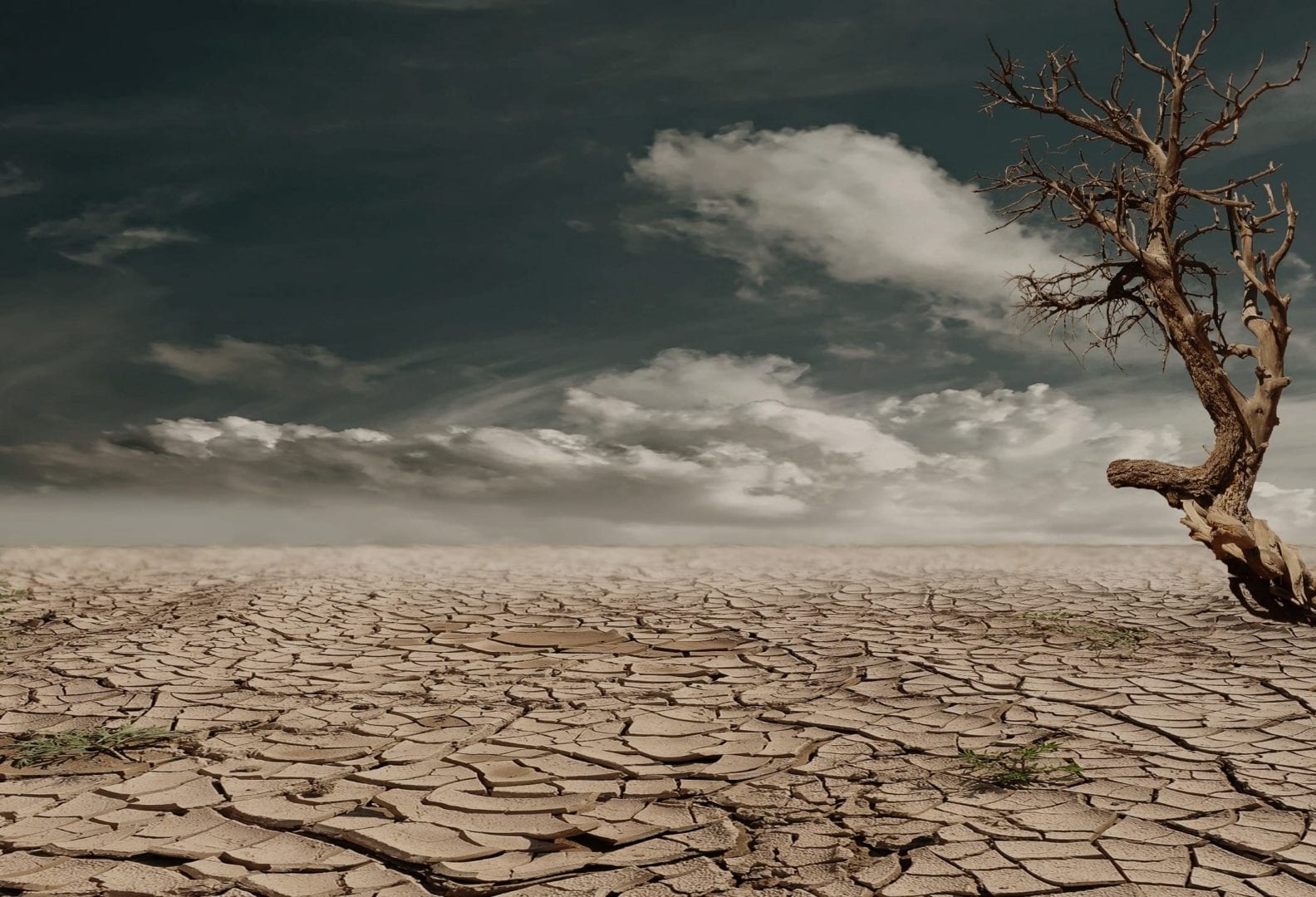
South Africa has not seen the last of El Niño conditions according to the South African Weather Service (SAWS). It has been predicted that the next summer has increased the likelihood for the development of El Niño, which are often associated with drought and water scarcity, a phenomenon that has been widely experience in South Africa over the past two years.
Dr Eugene Poolman chief forecaster at the SAWS announced this during his presentation to the National Disaster Management Advisory Forum (NDMAF) in Centurion last week.
The forum was attended by the representatives from national government departments, provincial disaster management heads and other stakeholders, including Eskom and the South African Bureau of Standards.
Poolman said despite most parts of South Africa having recently experienced above normal rainfall, SAWS’s forecasting showed an increased likelihood of the El Niño Southern Oscillation phenomenon making a comeback in a few months’ time.
“Forecasting systems currently indicate an increased likelihood of an El Niño phase to develop towards the spring season,” Poolman said. “The likelihood has increased from previous assessments and as we near the winter period, these forecasts improve in reliability.
“At this stage it is still too early to predict its impact on the next summer season over Southern Africa,” Poolman added.
He also confirmed that the SAWS will continue monitoring the development of these conditions and provide regular updates.
Dr Mmaphaka Tau, head of the National Disaster Management Centre, and the forum’s chair, echoed Poolman’s sentiments.
“We are not yet out of the woods,” he said. “It is absolutely necessary that we continue applying risk reduction, mitigation planning and water conservation interventions.”
Tau implored provincial disaster management heads to commit to a vigorous approach to Disaster Risk Reduction Planning that puts communities at the centre.
“We need to translate our plans into meaningful interventions that have a lasting impact on the people of South Africa,” he said. “It’s important that we take our work seriously, remain accountable and put people first.”
Drought mitigation plans
An update on the coordination of recent drought mitigation plans was also addressed at the forum.
The sectors that were most affected by the drought included agriculture and water. Intervention for these sectors was broken down into the following phases:
Phase 1:
- Reprioritisation of resources from existing programmes in all government spheres
- Contributions by private sector and non-governmental organisations
- Techical support
- Water use management and conservation measures
- Monitoring of conditions on the ground
Phase 2:
- Financial contribution from disaster grants through the Department of Cooperative Governance (DCoG)
- Technical Support
- Contribution by private sector
- Water use management and conservation measures
- Monitoring of conditions on the ground
By September 2016, the National Treasury approved the following financial allocations:
- An amount of R212 million for the provision of livestock feed within the agricultural sector
- R341 million for the water sector for a mobile desalination plant in KwaZulu-Natal and water tanks in other affected provinces
The forum said it will reconvene on 11 May 2017 to analyse further progress and strategies.









